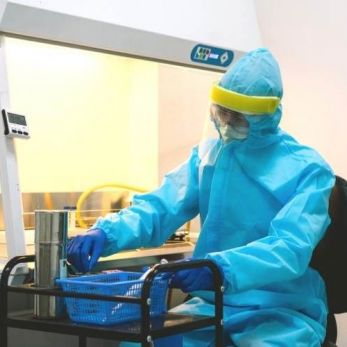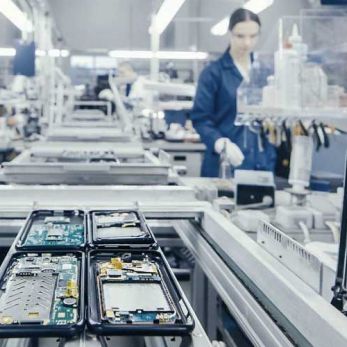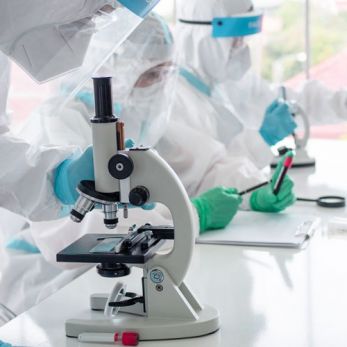3 main factors negatively affect the semiconductor cleanroom
Semiconductors research and production require sensitive processes and a highly controlled environment. To achieve this control and reduce risk, we need to use cleanrooms. However, there are still some factors negatively affecting semiconductor cleanrooms.
Semiconductors research and production require sensitive processes and a highly controlled environment. To achieve this control and reduce risk, we need to use cleanrooms. However, there are still some factors negatively affecting semiconductor cleanrooms.
And let's see how these factors affect the semiconductor industry and how to design clean rooms to minimize them.
3 main factors negatively affecting semiconductor cleanroom
Moisture, static electricity, and personnel contamination. While they may seem innocuous in everyday life, in a semiconductor cleanroom, these 3 elements can pose major threats to productivity, products, and employees.
Factor 1: Humidity in a semiconductor cleanroom
Many products developed, manufactured, and tested in semiconductor cleanrooms are sensitive to humidity, so relative humidity (RH) control is critical. Most semiconductor cleanrooms must maintain an RH of 35-65%, a temperature of 70*F or lower.
Even within that range, fluctuating humidity can pose a variety of threats - both to productivity and to product quality - from solvent evaporation, surface swelling, generally control during production.
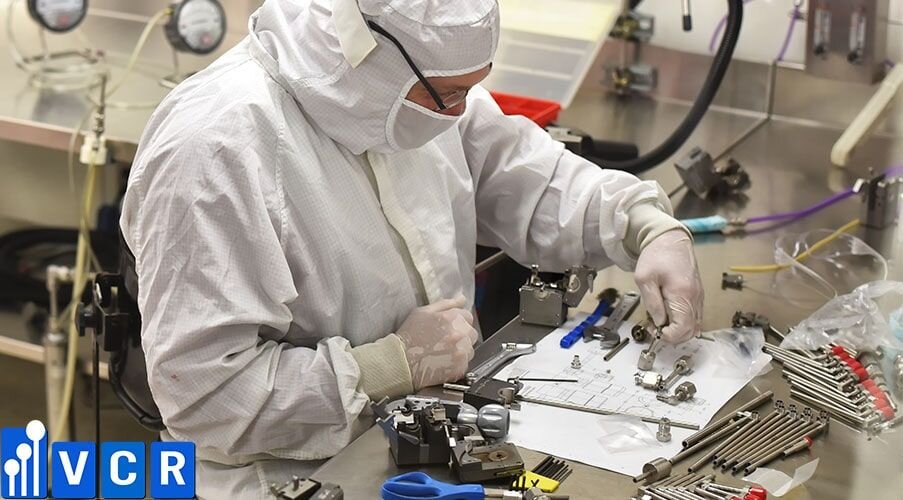
To control and maintain humidity (RH), semiconductor cleanrooms require a robust HVAC system to handle the air before it is filtered into the interior space. These HVAC systems are typically reserved for cleanrooms to minimize the risk of contamination.
Factor 2: Static electricity
Static electricity at the microscopic level is the leading cause of defects in silicon wafers and semiconductors. It damages materials by pulling and sticking fine dust particles to the product surface, which can cause product rejection or damage.
Electrostatic discharge (ESD) can pose a serious threat to worker safety. When static charges are allowed to build up, they can suddenly release out of control and cause harm to personnel - through electric shock or unintentional movement.
Preventing static build-up begins with cleanroom design. Conductive materials are often more effective than insulators in sensitive applications such as semiconductor cleanrooms. Conductive materials allow electrons to move quickly out of areas where they can accumulate and guide them safely to the ground.
Factor 3: Personnel contamination in a semiconductor cleanroom
It can be said that the biggest threat to the semiconductor cleanroom is the human factor. From the generation of ESD to the tendency to remove contaminant particles, controlling the human factor in cleanrooms is one of the most challenging aspects of cleanroom design, but also one of the most essential.
Personal protective equipment (PPE) such as gloves, gowns, and respirators are designed to protect the integrity of the semiconductor and its components, but they also protect workers from hazards in a cleanroom environment in accordance with OSHA requirements. These threats include chemical exposure, smoke, static charges, etc.
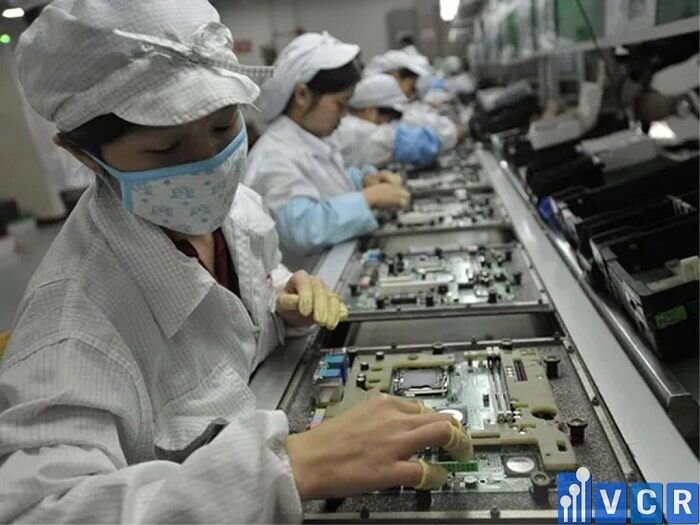
Even with a thorough aeration process, semiconductor cleanrooms need additional protection against airborne contamination. In addition to the powerful HEPA filters in the ceiling units, semiconductor cleanrooms may require ULPA filters to capture more and smaller particles.
Considerations on designing semiconductor cleanroom
From the above threats, what should we consider when designing a semiconductor cleanroom?
The production and development of semiconductors are sensitive and require every system in the cleanroom to work together to comply with stringent standards of cleanliness. Most semiconductor cleanrooms fall within ISO Class 5 or cleaner requirements, which means they have some of the most stringent particle count requirements of any other industry.
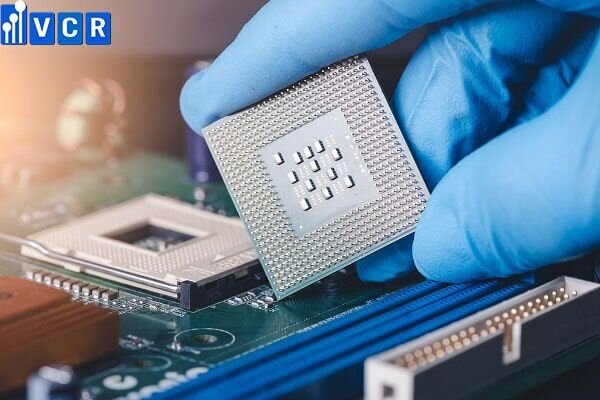
As factors such as humidity, static electricity, and personnel contamination continue to threaten cleanroom processes and personnel, semiconductor cleanroom design must be able to address each factor: powerful HVAC system and filtration system, anti-static and conductive materials.
![]()
Vietnam Cleanroom Equipment (VCR) specializes in providing clean room equipment for contractors in Vietnam. We provide high-quality products with competitive prices and large quantities nationwide.
For details, please refer to Vietnam cleanroom equipment official website
https://en.vietnamcleanroom.com
Or contact us via hotline: +84 90 123 7008 / +84 90 123 9008 (Whatsapp)






